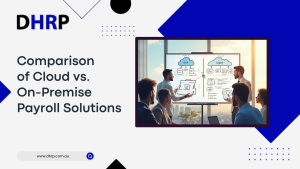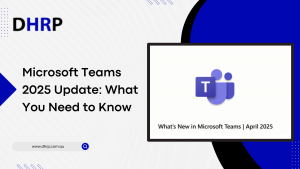Changing employment can be a nuisance for some people when it comes to their superannuation fund. If a super fund has not been chosen, employers will typically create one for their new employees. As a result, some customers have many super accounts and must pay additional costs for each one.
As a result, the government has passed the “Your Future, Your Super” legislation, which allows for the “stapling” of a super account to an individual starting November 1, 2021. So, what does this mean for entrepreneurs?

Employers must check to determine if a new employee has an existing stapled super fund using the ATO online services if the new employee does not designate a super fund during the onboarding process. Employers must use the employee’s stapled fund for SG contribution payments if the employee has one.
When an employee elects to have his or her super paid into a different fund, the employer is required to make SG contributions to that account. Contributions should be paid to the employer’s default MySuper fund if the employee does not pick or have an existing stapled fund.
Employers can request an employee’s staple fund after submitting a tax file number declaration form or a Single Touch Payroll pay event that links a new employee to the company.
Any authorised representative can utilise the ATO’s web services to obtain information about an employee’s staple fund.
In order to do so, the authorised representative must:
- Access the ATO’s online services by logging in.
- Fill up the employee’s information.
- If the employee has any super funds tied to him or her, you will receive a response.
Employers who want to hire more than 100 people at once must fill out a bulk request form, submit it to the ATO, and wait up to five days for a response.
From November 1, 2021, the super stapling legislation ATO standards will be in place.
Existing employees’ arrangements will not be affected by super stapling, and businesses must continue to make SG contributions to their current fund.
Employers should take the following steps before November 1, 2021:
Ascertain that authorised representatives have complete access to ATO internet facilities in order to request stapled super fund information.
To make new employees aware of the possibility of contributions to their stapled fund, update superannuation language in employment contracts.
Ascertain that their staff is fully informed about the changes and their repercussions.
Discuss any issues or queries you have with your payroll provider.
The ATO may impose penalties and sanctions on employers who fail to meet their super stapling for employers duties. However, if fines are incurred within the first 12 months (1 November 2021 to 31 October 2022), the ATO has stated that they will be lowered if proof of the desire to comply is shown.
Any current super funds will be linked, or “stapled,” to an individual’s myGov record as part of the Your Future, Your Super stapling changes, ensuring that their superannuation remains with them as they move jobs.
Employers must make super guarantee (SG) contributions to an employee’s existing stapled super fund as of November 1, unless the employee has specifically requested that their super be placed into a separate account.
How does DHRP fit?
As an employer, it may change a few Dynamics of your organization too, especially when it is to choose a super fund.
However, DHRP offers smooth integration and implementation of dynamics 365 finance within your organization. This payroll system has all the features and capacity to fully cover your circumstances and help you meet your obligations towards employees.





































































































